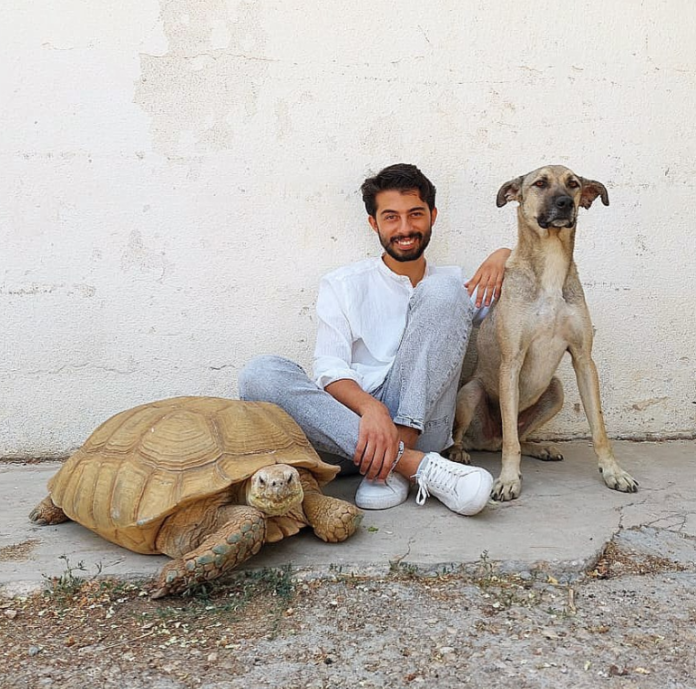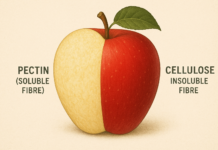Working Up Close with Wildlife
By Dr Silvia Zayadin, Veterinarian
The Arabian oryx is one of the most popular species we have in Jordan, and they are an amazing success story of conservation, given that they were almost extinct. Other beautiful species include cape hare, golden jackal, Arabian wolf, Nubian Ibex and mountain gazelles. This month, we chat with local wildlife veterinarian, Dr AbdelRahman Muayyad, about working with Jordan’s wildlife.
AbdelRhman has been working with wildlife since graduating from Jordan University of Science and Technology in 2019. He is one of three veterinarians in Jordan working in this field.
How did you decide to become a veterinarian?
Animals have been my obsession ever since I was five years old. Veterinary medicine has become my path to continue my childhood dreams, but on a professional level now. I am empathic and passionate about animals’ well-being. My dedication and commitment to this cause have become a a way of life, not merely a job title or career.
What motivated you to work with wildlife?
I always admired dinosaurs because of the movie Jurassic Park and I wanted to work with them. But when I realised they were extinct forever, I wanted to work with something similar and that still exists in our time: wild animals. When I grew up, I understood the great danger wildlife worldwide faces from us humans. I wanted to make a difference by saving their lives. I do not want these animals to face the same fate as the dinosaurs.
Share a memorable story from your wildlife encounters.
One of the unforgettable moments of my life was standing in front of a lioness face-to-face with less than two metres distance because someone forgot to close the gate on her! That day I realised I didn’t have a fight response or a flight response. I froze in my place when I got scared. Luckily, my colleague was there to pull me out and save the day – and me.
What lessons or qualities did your work with wildlife inspire in you?
Patience and tolerance. I don’t get the office environment experience. I work under the burning sun in summer and the freezing dawn in winter. Moreover, I got used to insect bites to a level that I can know what stung me without seeing it!
Share some of the challenges you face on the job.
As a Middle Eastern veterinarian, regardless of whether I am a wildlife veterinarian or a small animal veterinarian, I face a lack of available resources and a shortage of veterinary equipment as well as pharmaceuticals shortage. In this case, I have to be creative and resourceful in coming up with ethical and effective alternatives to save my patients.
What would you say to young people regarding your profession?
Never give up on yourself. I’ve never had much support for being a wildlife veterinarian. Everyone thought it was just me daydreaming. But when I became one, one of three in Jordan, I understood how sometimes we are surrounded by people who don’t know our worth or value. As long as you believe in yourself and you value yourself, you will be able to move mountains and cross oceans!
Sidebar
Explore Jordan’s local wildlife for yourself!
Take a one-hour tour of Al Ma’wa for Nature & Wildlife to get to know the animals and learn about their stories. This sanctuary hosts lions, tigers, bears, hyenas and monkeys from zoos in conflict-ridden regions, including Iraq, Syria and Gaza, and also animals seized by customs officers at the borders. Species-specific enclosures ensure the animals have enough space and appropriate conditions that best suit their natural needs. This wildlife sanctuary is located in Jerash, 48 kilometres north of the capital city Amman. For more information, visit Almawajordan.org
You may also wish to visit the Royal Society for the Conservation of Nature, check out Rscn.org.jo and even better, explore one of the 10 RSCN protected areas in Jordan. These areas comprise wild plants and animals, including the Arabian oryx, gazelle and ibex.






